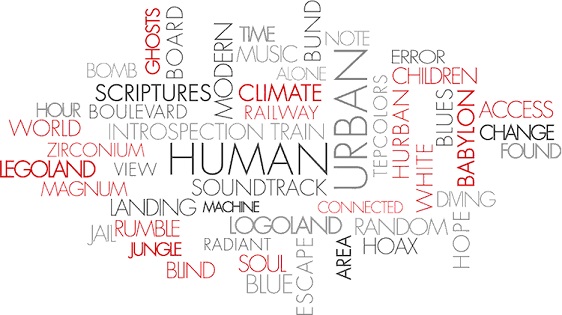Have you ever heard of supervolcanoes? They’re like regular volcanoes but way, way bigger. Imagine a giant sleeping beneath the Earth’s surface, capable of waking up and changing the world as we know it. That’s what supervolcanoes are like. They’re fascinating, a little scary, but incredibly important to our planet. Let’s explore these giants and understand what makes them so special and powerful.
What Are Supervolcanoes?
Imagine a volcano so big that when it erupts, it changes the whole world. That’s what a supervolcano is! Unlike regular volcanoes that look like mountains, supervolcanoes are more like giant holes in the ground called calderas. They’re massive, and they can erupt with such force that they release thousands of times more lava and ash than any regular volcano. This isn’t just a small eruption; it’s like the Earth opening up, releasing its power in a way that can affect the entire planet. The amount of material that comes out of these eruptions can cover whole countries in ash and even change the climate across the globe!

According to the Daily Star, Italy’s super volcano is ‘close to eruption’.
Where Are They?
You’ll find these sleeping giants hiding in plain sight in various parts of the world. One of the most famous supervolcanoes is Yellowstone, located in the United States. It’s a breathtakingly beautiful park now, but beneath its serene landscape lies a massive supervolcano. Other well-known supervolcanoes include Toba in Indonesia and Taupo in New Zealand. These sites are often tourist attractions, known for their stunning natural beauty. However, few visitors realize the immense power that lies dormant just below their feet. These supervolcanoes have been quiet for thousands of years, but their history tells us they have the power to reshape the Earth.
The Big Eruptions
The eruptions of supervolcanoes are not common, but when they do happen, they’re a force to be reckoned with. One of the most significant eruptions in human history was the eruption of Toba, which happened around 74,000 years ago. It was so enormous that it likely caused what scientists call a volcanic winter. This means that the eruption was so massive it threw so much ash and particles into the atmosphere that it blocked out sunlight, causing the Earth’s temperature to drop. Imagine a winter that lasts for years, all because of one volcanic eruption! This event was so impactful that it even left a mark on human evolution.
These eruptions are unpredictable, much like the thrilling unpredictability of playing new real money slots online at places like blog.tonybet.com. Each eruption is a reminder of the raw power of nature, capable of changing the course of history. When these supervolcanoes erupt, they unleash energy that is hard to comprehend, and their effects can be felt globally, affecting climate, landscapes, and even human life.

In 2018 Indonesia’s Krakateu erupted in an amazing display of power.
Studying Supervolcanoes
Studying supervolcanoes is like being a nature detective. Scientists are really interested in these huge volcanoes. They want to figure out how they work, what causes them to erupt, and when they might wake up again. This can be a tricky job because supervolcanoes don’t erupt very often, so there’s not a lot of times to see them in action.
To learn about these giant volcanoes, scientists look closely at the rocks and dirt around them. These aren’t just any rocks and dirt; they’re special clues left behind by the volcano. They can tell stories about what the supervolcano did a long, long time ago and what it might do in the future.
These scientists also use cool tools and machines to help them in their work. They have special instruments that can ‘listen’ to the ground for rumbles and ‘look’ deep inside the Earth. They study maps and use computers to make guesses about what the supervolcano will do next.
By studying supervolcanoes, scientists learn not just about volcanoes, but also about the Earth itself. It’s like putting together a giant puzzle. Each piece they find helps them understand more about our amazing planet and how to keep people safe if a supervolcano decides to wake up. It’s a big job, but these volcano detectives are up for the challenge!
Can We Predict Eruptions?
Predicting when a supervolcano will erupt is a bit like trying to guess when a big storm will hit. It’s not easy! Scientists are like detectives looking for clues. They use special tools to keep an eye on the supervolcano. They watch for tiny earthquakes that shake the ground. They also look for changes in the shape of the land, which might mean something is moving under the ground. These tools help scientists see what’s happening deep inside the Earth.
Even with all this watching, scientists can’t say for sure when a supervolcano will erupt. They can’t mark a date on the calendar like we do for birthdays. But they can give us a heads-up if they think an eruption might be coming. It’s like being told there might be rain so you can bring an umbrella, just in case.
Living with Supervolcanoes
Living near a supervolcano might sound like living in a scary movie, but it’s not as frightening as you might think. People who live near these giants are not alone. They have scientists and the government looking out for them. Together, they make plans for what to do if the supervolcano starts rumbling. They think about safe places people can go and the best ways to get there.
These plans are like safety drills in school. They help everyone know what to do if something big happens. Knowing there’s a plan can make living near a supervolcano less scary. It’s about being ready and knowing how to stay safe, just like we learn to stop, drop, and roll in case of a fire.
The Role of Supervolcanoes in Nature
Supervolcanoes are not just about fiery eruptions. They are a big part of our planet. They help make the Earth look the way it does. When they erupt, they can change the land, making new mountains and valleys. The ash they send into the sky can fall back down and help plants grow. It’s like a giant, natural garden makeover.
These big volcanoes have been around for a very long time. They have seen dinosaurs come and go, and they have watched the Earth change in many ways. They tell us stories about our planet’s past and help us understand how the Earth works. They remind us that our planet is always changing and full of amazing natural wonders. So, supervolcanoes are not just about big eruptions; they are a key part of the Earth’s story, helping shape the world we live in today.

Guatemala volcano Volcan del Fuego
Supervolcanoes and the Climate
Have you ever thought about how supervolcanoes can change the weather around the whole world? It’s true! When supervolcanoes erupt, they send lots of tiny particles and gases high up into the sky. These particles can spread out and cover the sky like a giant umbrella, blocking some of the sunlight from reaching us down on Earth. When less sunlight gets through, it can make the temperature all over the world a bit cooler. This is like nature’s way of turning down the Earth’s thermostat! It’s amazing how something as big as a supervolcano eruption can reach up to the sky and affect the whole planet.
Learning from Supervolcanoes
Supervolcanoes are like giant, open books that teach us so much about the Earth. Scientists study them to learn about different things. They can tell us about the Earth’s history, like what the environment was like a long time ago. They also teach us about how the ground moves and shakes, which is really important to understand for keeping people safe from earthquakes and eruptions.
But that’s not all. By studying supervolcanoes, scientists can even learn things about other planets! This is because other planets might have volcanoes too, and learning about supervolcanoes on Earth can give scientists clues about what to look for in space. So, supervolcanoes aren’t just about lava and ash; they’re about discovering the secrets of our planet and even the mysteries of outer space!
Supervolcanoes: Sleeping Giants of the Earth
Supervolcanoes are like the sleeping giants of our planet. They’re huge and powerful, but they spend most of their time quietly resting. These giants remind us that the Earth is always changing and full of wonders. They are like natural teachers, showing us the incredible power of nature. Even though they can be a bit scary because of their power, they are also fascinating and important to learn about.
Supervolcanoes teach us to be prepared for nature’s surprises and to respect the Earth. They show us that even though we might think we know a lot about our planet, there’s always more to learn. Every time a supervolcano erupts, it’s like the Earth is telling us a story about its power and history. So, next time you hear about a supervolcano, remember that it’s a part of our Earth’s amazing story, and it’s something to be curious about, not just afraid of.
Conclusion: The Mighty Sleeping Giants
Supervolcanoes are one of Earth’s most amazing and powerful features. They remind us of the incredible forces that shape our planet. While they can be a bit scary because of their power, they’re also fascinating and important to understand. Just like the excitement of playing games at play new real money slots online, the story of supervolcanoes is filled with wonder and awe. They’re Earth’s sleeping giants, holding secrets of the past and keys to our planet’s future.

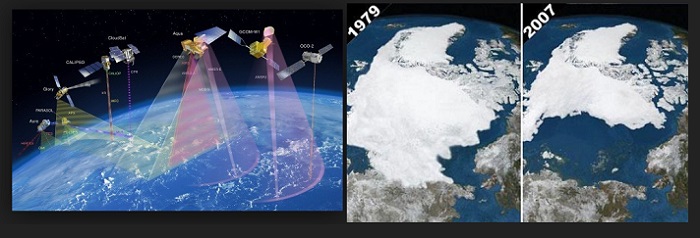
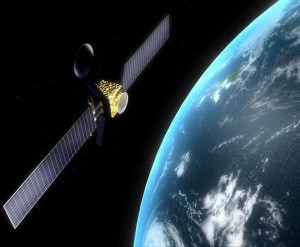

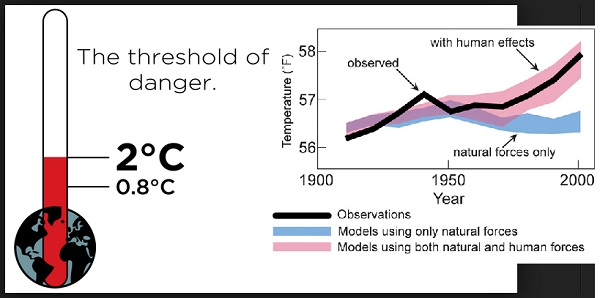
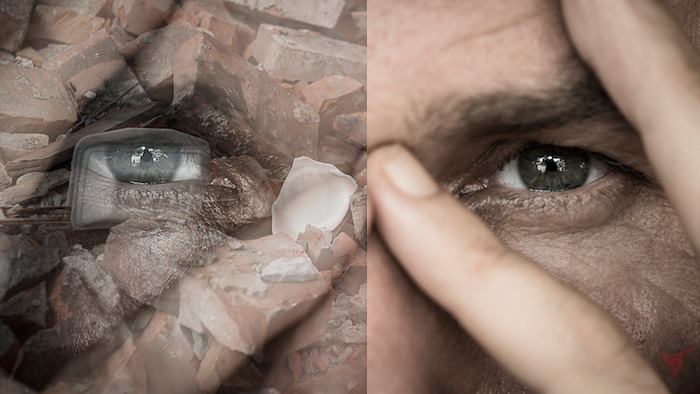
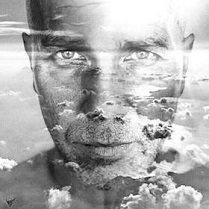 If you could choose just one photo exhibit to see all year, it would have to be
If you could choose just one photo exhibit to see all year, it would have to be 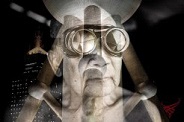
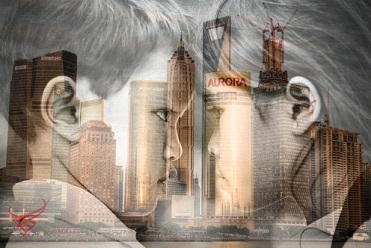
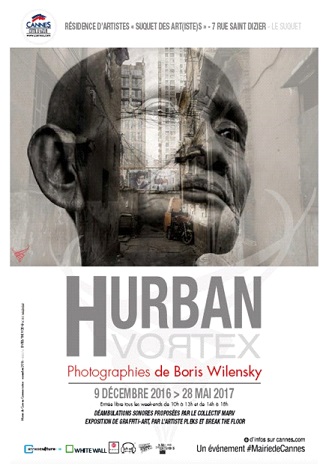
 Over 15,000 photos later, Hurban Vortex sees the light of day. The ensemble of artistic, esthetic and human adventure are at the core of the triptych that represents his works: Origins corresponds to 2009 (present), the period of an oblivious, profligate, consumerism-driven world. Collapse takes us into 2011 (future)…Fukushima, with its worldwide impact. The glasses and gas masks worn by the humans represent the man-made destruction of a world as we had known it before and which will never be the same. And in Post we find ourselves in an urban landscape filled with waste and shattered ruins. But people are no longer wearing their blinders… Maybe there is hope after all that cities may disappear but humans are still around? Or does the urban jungle always win in the end? You decide, because it is your personal interpretation, after an intense dialogue with the image… exactly what Boris Wilensky wants.
Over 15,000 photos later, Hurban Vortex sees the light of day. The ensemble of artistic, esthetic and human adventure are at the core of the triptych that represents his works: Origins corresponds to 2009 (present), the period of an oblivious, profligate, consumerism-driven world. Collapse takes us into 2011 (future)…Fukushima, with its worldwide impact. The glasses and gas masks worn by the humans represent the man-made destruction of a world as we had known it before and which will never be the same. And in Post we find ourselves in an urban landscape filled with waste and shattered ruins. But people are no longer wearing their blinders… Maybe there is hope after all that cities may disappear but humans are still around? Or does the urban jungle always win in the end? You decide, because it is your personal interpretation, after an intense dialogue with the image… exactly what Boris Wilensky wants.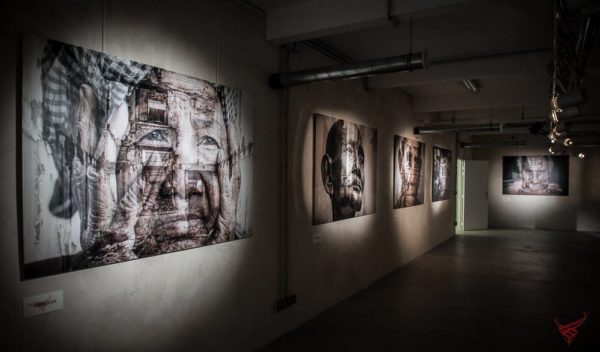 What the viewer sees, is how this artist sees the world – not in the literal but figurative sense. But he does not dictate, he suggests. He considers himself a storytelling portraitist first and foremost, and an urban photographer second. As you look at his large-size pictures (180 x 120 cm), the image in front of you transforms from a flat canvas to a three-dimensional scenography. You are drawn in, pulled onto a stage, you become part of the performance, an actor engaged in a dialogue. You are the person across from the man in the photo, but you also become him, turning outward to the viewer.
What the viewer sees, is how this artist sees the world – not in the literal but figurative sense. But he does not dictate, he suggests. He considers himself a storytelling portraitist first and foremost, and an urban photographer second. As you look at his large-size pictures (180 x 120 cm), the image in front of you transforms from a flat canvas to a three-dimensional scenography. You are drawn in, pulled onto a stage, you become part of the performance, an actor engaged in a dialogue. You are the person across from the man in the photo, but you also become him, turning outward to the viewer.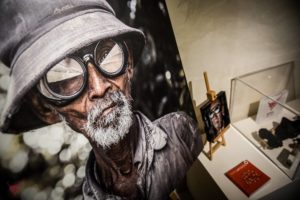 The continuous movement – the vortex – pushes and pulls you as the borders between Human and Urban blur and become Hurban. There are violently cold and anonymous city landscapes, consisting of monochromatic and starkly geometric patterns, entirely unlike anything you find in nature. But the human element, superimposed, invariably bestows them with a strangely appealing aesthetic. For the Silo,
The continuous movement – the vortex – pushes and pulls you as the borders between Human and Urban blur and become Hurban. There are violently cold and anonymous city landscapes, consisting of monochromatic and starkly geometric patterns, entirely unlike anything you find in nature. But the human element, superimposed, invariably bestows them with a strangely appealing aesthetic. For the Silo, 